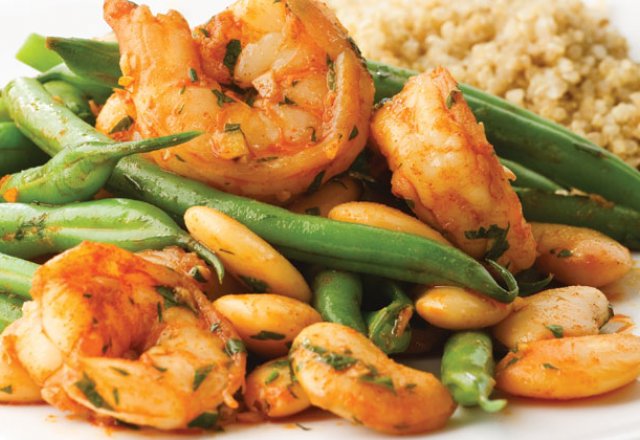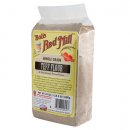
Gluten intolerance
Gluten intolerance

It might sound like the latest diet craze, but going gluten-free is actually a health-must for a growing number of Australians who suffer from potentially serious ailments directly related to consuming the ingredient that’s most commonly found in wheat, barley and rye.
While these popular crops have been around for centuries, autoimmune complications directly related to eating them – commonly known as coeliac disease – have only surfaced within the last 100 years, when modern agriculture bred new and more resilient strains that produce bigger yields. It’s this tampering with Mother Nature that is directly related to the skyrocketing gluten content, say many health experts.
A Host of Symptoms
Stomach disorders are the most common complaints of those suffering from gluten intolerance; however, according to nutritionist and Mr Universe Australia, Luke McNally, for every one person who has gastrointestinal distress from eating gluten, there are eight who don’t.
“They may have other symptoms, usually in the brain or joints – or they may go completely symptom-free until the intolerances makes their way to the surface,” he says. “Skin disorders like psoriasis are also closely linked to gluten.”
“There are around 19,000 research papers linking gluten to everything from neurological disorders like Alzheimer’s and autism to muscle tears and osteoporosis,” McNally adds. “Gluten lays down plaque in the brain like we get plaque on our teeth, or the insides of blood vessels. Gluten sensitivity is one of the leading causes of unexplained miscarriages.”
Dr Tom O’Bryan, the worlds leading expert on gluten, says it affects every tissue of the body.
Wheat the Worst
Avoiding all gluten-containing grains is a must if you suspect intolerance, however, wheat should be top of the list says nutritionist and author of The Fat Revolution, Christine Cronau.
“The reason wheat is the most toxic is that it has been hybridised several times, and contains the toxins from three separate species,” she says. “The original grain, Einkorn wheat, started with 14 chromosomes. It was hybridised with goat grass, and then later with Triticum grass, resulting in modern wheat, which has 42 chromosomes.”
Because the body cannot recognise the indigestible protein, the immune system kicks into gear to eliminate the foreign object, attacking the gut in the process, burning holes in the stomach and making the body symptomatic.
Healthy Substitutes
Gluten sensitivity doesn’t mean you can’t enjoy breads, pastas or beer. More companies are meeting demand, introducing gluten-free products to supermarket and specialty store shelves. However, Cronau recommends erring on the side of caution before handing over your dollars.
“Just because something is gluten free doesn’t mean it’s healthy,” she says. “Most gluten-free products are highly refined and are left with little or no nutritional value.”
Instead, she urges her clients to choose wholefood alternatives where possible.
“My personal preferences for grain and gluten substitutes are buckwheat, which is not actually a grain, almond meal, and the occasional oat bread.”
Photo: Gluten-free paprika prawns>>
Author: Shannon Dunn















